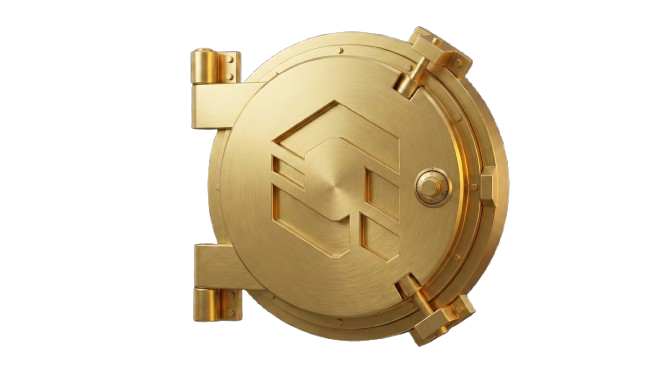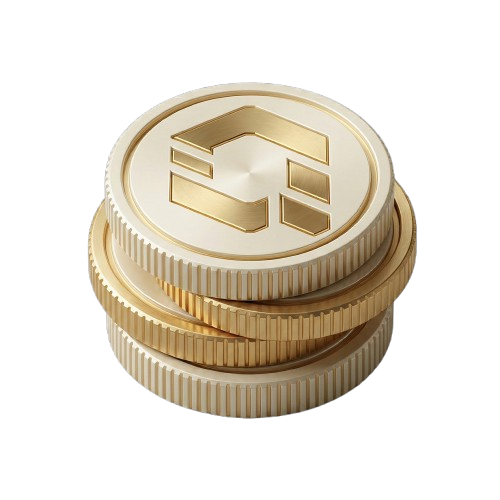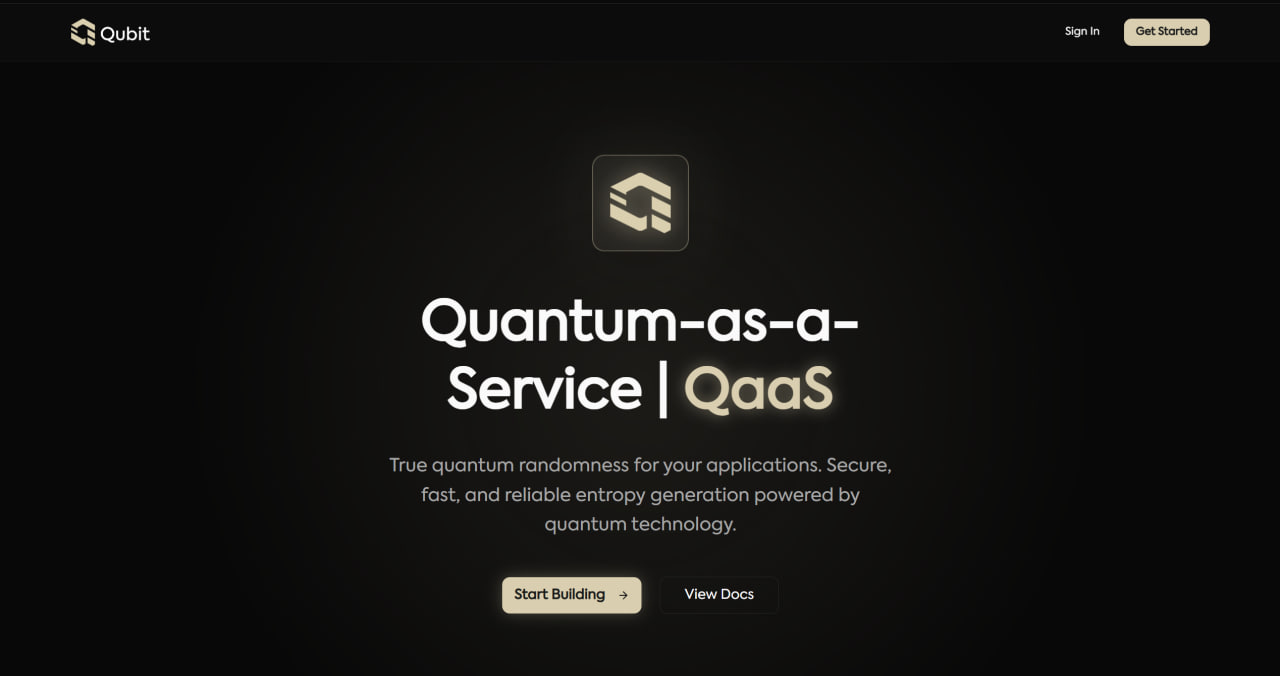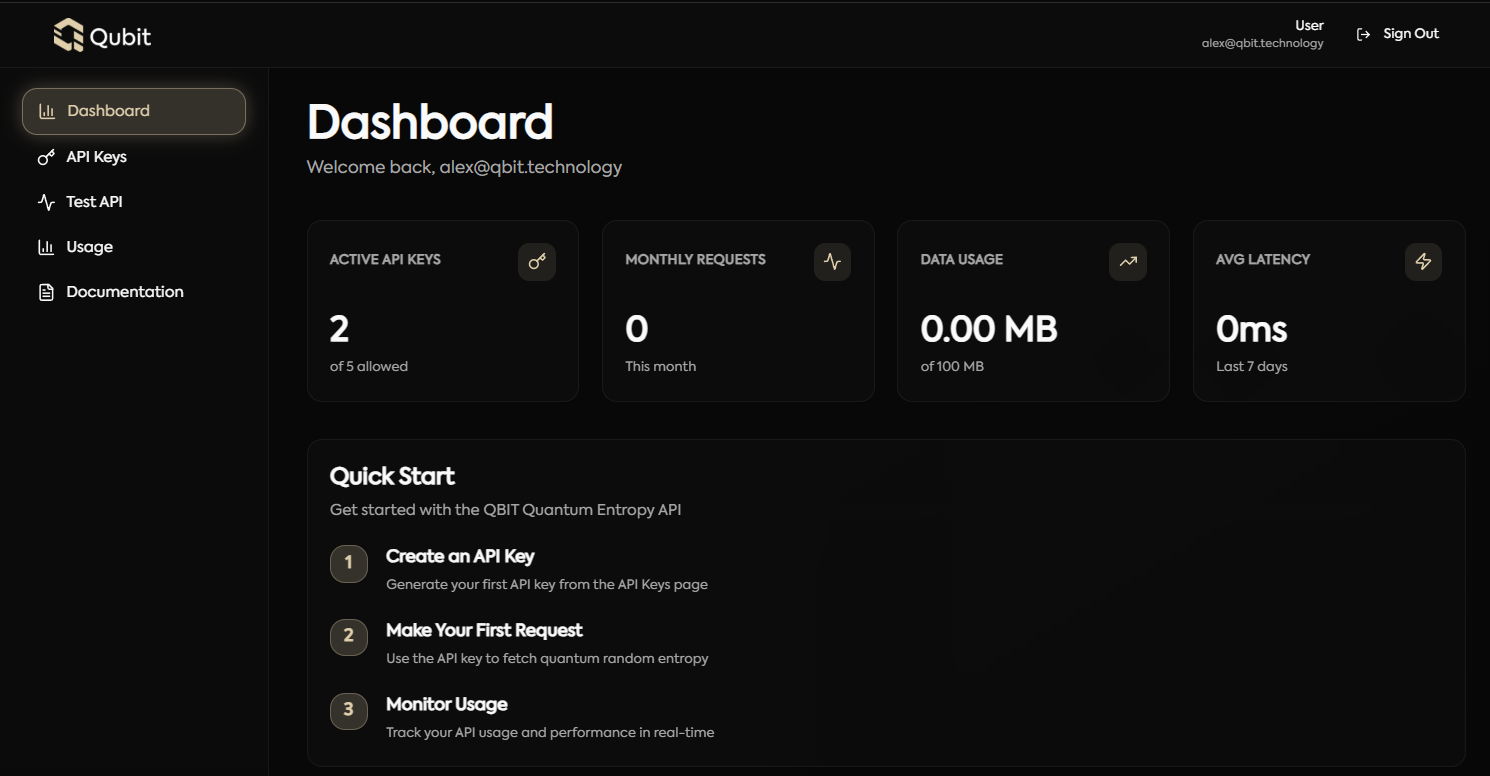Two Pillars of Quantum Innovation
Our core products bring quantum computing power to everyone in the Web3 ecosystem.
Why Quantum? Why Qubit?
The QBIT advantage
Qubit is built on the belief that modern digital systems need stronger security, better fairness and more trustworthy computation. Quantum technology provides what traditional systems cannot: true randomness, quantum-grade key security and verifiable compute.
Our Mission
Bring real quantum capabilities into everyday products for Web3, Web2 and AI in a simple and accessible way.

True Randomness
Quantum entropy delivers unpredictable outcomes for gaming, NFTs, validator rotation, and lotteries.

Quantum-Safe Security
Keys generated from hardware-level quantum measurements resist both classical and future quantum attacks.

Future-Proof Infrastructure
Live-access to quantum hardware prepares Web3 and enterprise systems for the post-quantum world.
Revenue Model
Multiple revenue streams create sustainable value and buy pressure for $QBIT holders.

Wallet Revenue Streams

QaaS Revenue Streams
Trusted by Builders & Innovators
Join the growing ecosystem of protocols and enterprises leveraging quantum technology.


